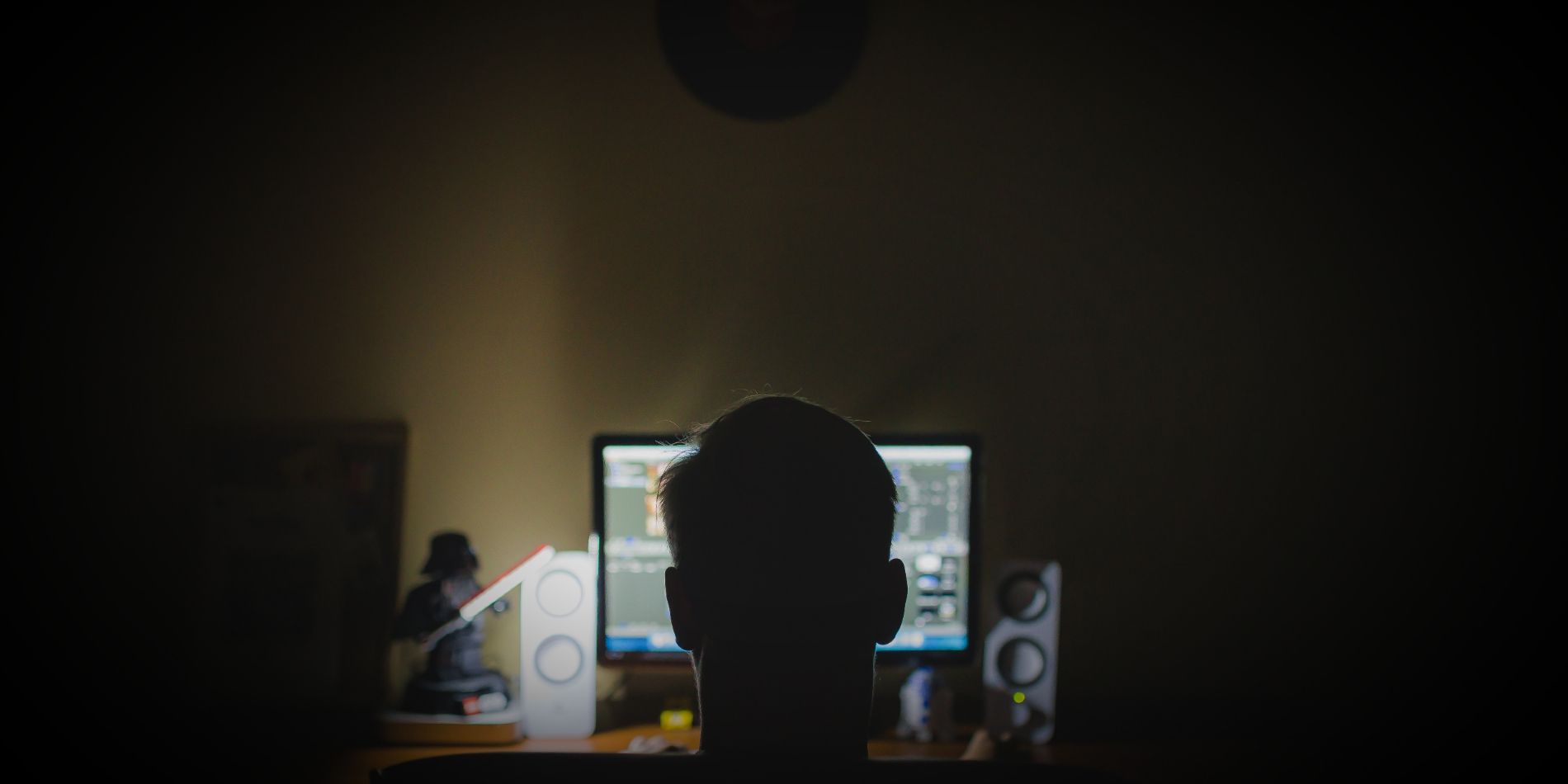As coronavirus continues disrupting daily life, more people are turning to video conferencing services like Zoom to work from home and socialize while maintaining physical distance. With a rapidly expanding base of new and inexperienced users, Zoom is fast becoming a popular target for hackers and phishing expeditions. As a result, users should familiarize themselves with common signs of scams and learn to take advantage of the platform's built-in security features.
Zoom's popularity may be reaching new heights, but the service has been around since 2011, debuting on the stock market last year and more than doubling its value since. Intuitive in function and streamlined in appearance, Zoom has overtaken old standards like Skype and Microsoft Teams as many users' go-to option for video conferencing. Popular as it is, Zoom can still leave users vulnerable to exploitation. With everyone from governments to businesses to schools now utilizing the service, users should remain vigilant against attacks.
According to cyber security provider Check Point, over 1,700 new domains featuring "Zoom" have been opened since the start of 2020, with over a quarter of those popping up since the pandemic began impacting the United States. Many of these new domains have been found to contain suspicious characteristics, suggesting they could be used to lure unsuspecting users into a scam. In addition, malicious files with "Zoom" prominently featured in their name are proliferating, which could lead users thinking they're installing Zoom's official software instead of malware. Some of these files have been confirmed to contain InstallCore, a platform that allows for remote installation of other potentially unwanted applications.
How To Zoom Safely & What To Watch Out For
There are simple ways to try and stay safe while using Zoom, and many of the easiest methods are general safety tips that ought to be observed for all online activity. For example, watch out for invites from unknown senders - with office meetings and classes being held remotely, it's important to make sure the organizer is someone known and trusted. Don't click on any links to meetings provided in the body of an email, to avoid being unwittingly redirected to a scam site - enter the URL manually, along with the password (if one is provided), and be sure to keep Zoom (and any antivirus software) up to date.
Within Zoom itself, there are multiple steps that can be taken to help secure meetings. Set and use a password - hackers have been known to guess the random numbers used to allocate Zoom's chat rooms and, without a password, can waltz right in. As the meeting's host, consider setting Zoom's host controls so only you can share images and screens with others - without host controls in place, anyone in a meeting can share any image they want, including ones they shouldn't. Meetings can be password-protected and locked so that, after a set time, no new users can join. File sharing can also be turned off, to prevent attendees from offering unsolicited files and images - as can annotations, to keep people from scribbling on any images shared by the host. There's even a waiting room feature, which allows the host to make sure everyone signed in to attend a meeting ought to be there.
Even in the midst of a global pandemic, hackers will hack (though some have sworn off taking action against essential institutions) and trolls will troll. Crashing Zoom meetings has become a common-enough idea to have developed its own name - Zoombombing. With coronavirus still on the rise in many locations and physical distancing orders upending life for the foreseeable future, Zoom will no doubt continue to see heavy use. Learning how to safely utilize Zoom in the coronavirus era could save time, headaches, and embarrassment in the future.
Source: Check Point


